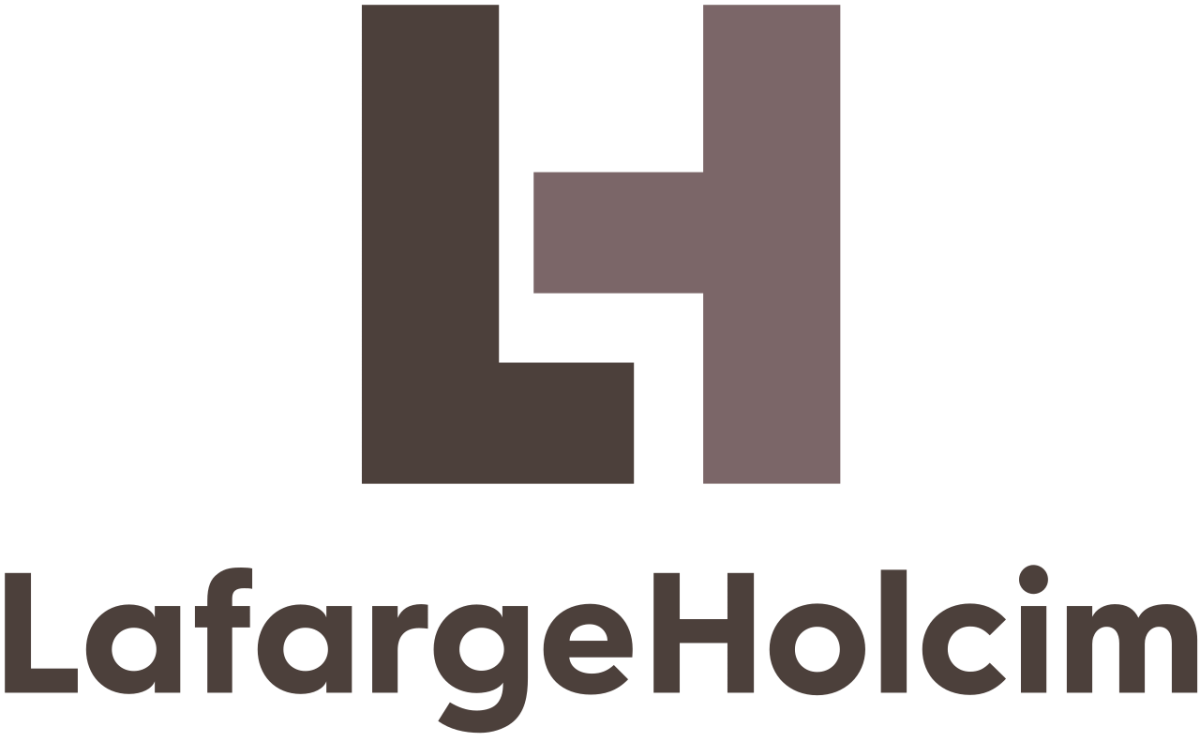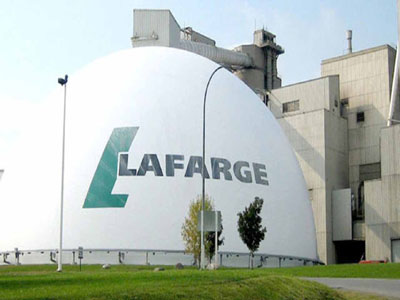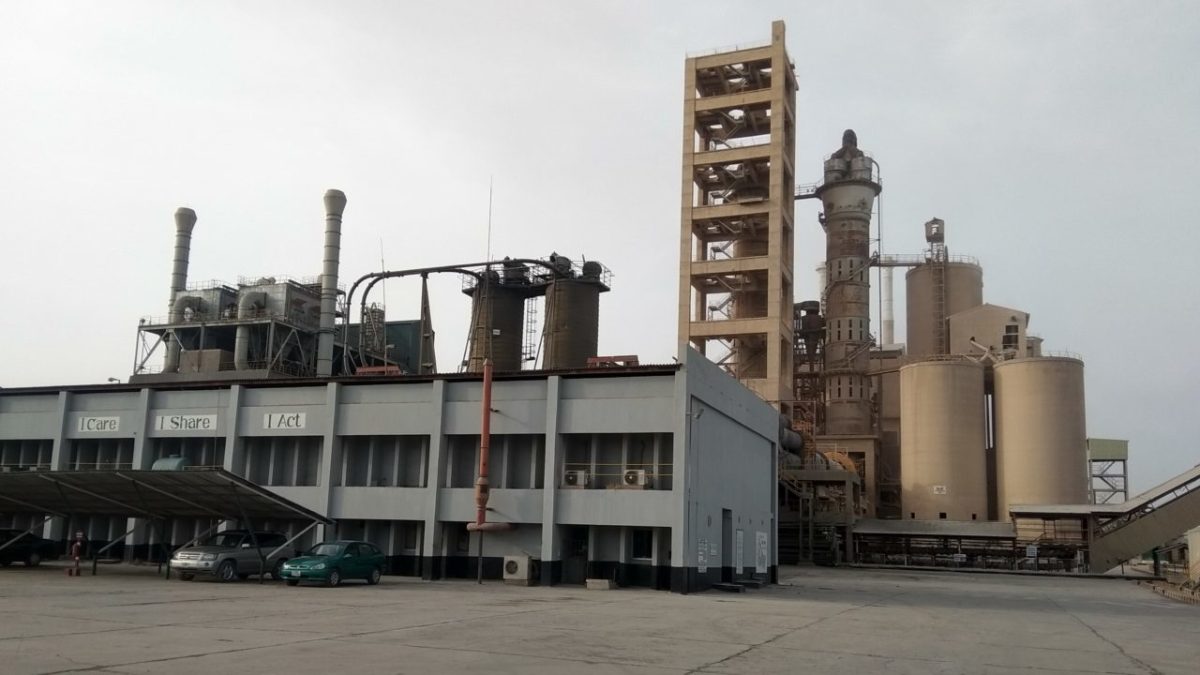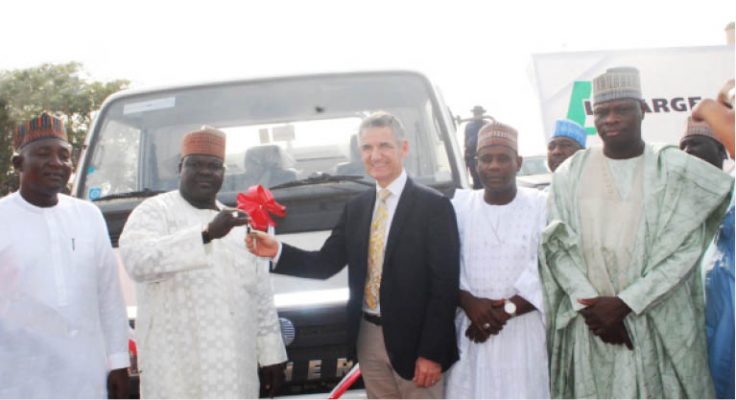
LafargeHolcim Ltd. is weighing options for its operations in the
Middle East and Africa, including asset sales, as it continues to prune back
its activities outside of Europe, people familiar with the matter said.
The Swiss cement firm has held preliminary
discussions with potential advisers about selling all or part of the business
as well as pursuing an initial public offering, the people said, asking not to
be identified because the deliberations are private.
The company may struggle to find buyers for the
whole business due to challenging operational and market conditions, they said.
Selling selected assets or pursuing listings may be more feasible.
LafargeHolcim may seek to value the entire business
at as much as $8 billion. The company, which may still decide against selling
the asset, hasn’t started a formal process and banks haven’t been mandated, the
people said.
A representative for LafargeHolcim declined to
comment.
LafargeHolcim is selling off assets that don’t
contribute to its core business to reduce its debt levels. The cement giant is
also exploring options
for its business in the Philippines. LafargeHolcim agreed to sell its
Indonesian arm for $1.75 billion in November.
In March, CEO Jan Jenisch announced a turnaround
plan for Europe’s largest cement maker – cutting jobs and pledging to focus on
fewer markets – as the company reeled from a French probe into past operations
in Syria and a 2017 net loss and writedown.
Jenisch said in May that turning around operations
in Africa and the Middle East, where profit was falling, would be his toughest challenge
in 2018.
In 2008,
Lafarge acquired Orascom
Construction Industries’s cement unit, which was valued at 8.8 billion euros
($10.1 billion) and included plants in Egypt, Algeria and the United Arab
Emirates.
More news
- PART 2: CONCRETE IN THE DESIGN OF A UNIQUE LUXURY HOME IN GEORGE, SOUTH AFRICA
- PART 1: CONCRETE IN THE DESIGN OF A UNIQUE LUXURY HOME IN GEORGE, SOUTH AFRICA
- MVULE GARDENS, AFRICA’S LARGEST 3D-PRINTED AFFORDABLE HOUSING PROJECT
- PART 3: HARNESSING THE POTENTIAL OF HIGH SULPHUR FLY ASH IN CONCRETE PRODUCTION
- PART 2: HARNESSING THE POTENTIAL OF HIGH SULPHUR FLY ASH IN CONCRETE PRODUCTION





